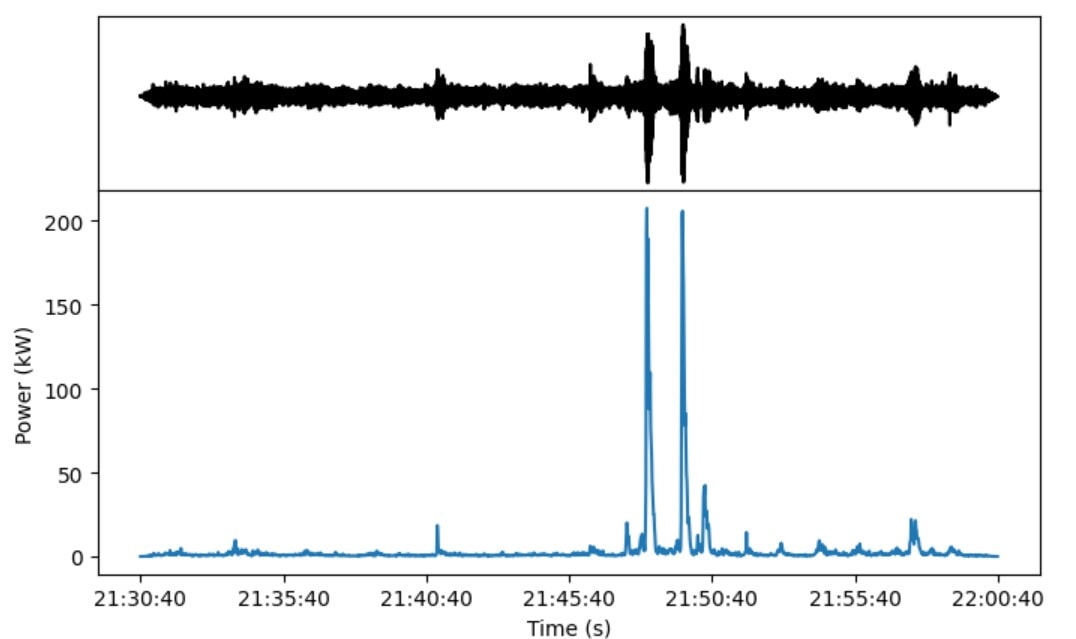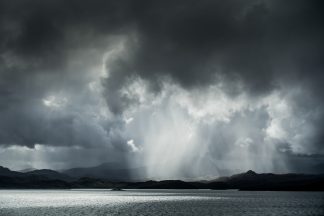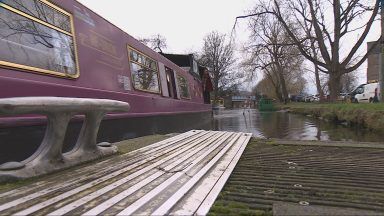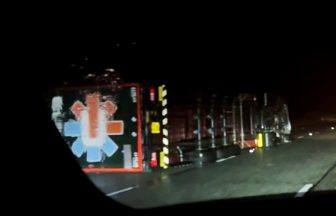Scotland’s victory over Denmark didn’t just send fans into raptures – it briefly shook the ground beneath Glasgow, according to scientists.
The British Geological Survey (BGS) picked up noticeable tremors during the epic tussle at Hampden, triggered by tens of thousands of supporters reacting to the national team reaching their first men’s World Cup since 1998.
The energy released was estimated to reach around 200kW, the equivalent of 25-40 car batteries or a football travelling at around 900 metres per second (2,013mph).
The Glasgow Geothermal Observatory in Dalmarnock, around two kilometres from the stadium, recorded the highest surges between 9:48pm and 9:50pm.
 SNS Group
SNS GroupKenny McLean scoring from his own half to make it 4-2 resulted in a clear jolt of seismic activity – followed by another peak when the full-time whistle sealed Scotland’s spot at the World Cup.
A modest increase in vibration also coincided with Kieran Tierney’s late third goal in injury time.
Seismologist Callum Harrison from the British Geological Survey spoke to STV News about the event, which has been likened to an “extremely small” earthquake.
He said: “The energy we see from fans jumping up and down and bouncing on the ground takes the form of seismic waves.
“Throughout the day, there will be a certain level of ambient seismic noise which comes from people going about their business in Glasgow such as cars and construction.
“But we did see around the time of the end of the game, a number of peaks in the signal, and in particular about two very clear spikes which coincide with what we think was the last goal and full-time, a minute apart.”
 British Geological Survey
British Geological SurveyCallum added: “As long as you have tens of thousands of people showing up to an event with a lot of energy, they will be producing those signals. It just so happens we observe those signals, whereas at other stadiums, such as Wembley, we don’t have that equipment.”
Taylor Swift fans also made the earth move at the megastar’s three shows in Murrayfield Stadium last summer, reaching a peak of 80kW of power on the Friday night.
Oasis clinched the top spot as the most seismic act in Edinburgh, registering 215 kW at their 2009 gig – enough to power around 30 of the scooters featured on the iconic ‘Be Here Now’ album cover.
But Callum stressed the events cannot be compared.
“It’s not possible to make a direct comparison between Hampden and Murrayfield – the large amount of amplitude you’ll see is stadium dependent on local conditions and geology, and they are going to be different,” he added.
 SNS Group
SNS Group2.5-magnitude Earthquake detected in Highland Perthshire
While the Hampden tremors were simply fan-generated vibrations, a genuine earthquake was detected in Highland Perthshire in the early hours of Saturday November 22.
The 2.5 magnitude event, recorded at Pubil, near Loch Lyon at 4.24am, follows magnitude 3.3 and 3.7 earthquakes in late October.
Callum said it’s likely linked to the Highland Boundary Fault, which was active around 400 million years ago.
“After a big event like that, it’s quite a lot of energy put into the ground; the area around it is adjusting for the next few weeks or so for an earthquake that size,” Callum said.
“We’re obviously quite far away from active tectonic zones, like Greece, Japan and West Coast of the US, but these forces are still present far away from the plate boundary, and they cause pressure to build up on pre-existing faults.
“As soon as pressure exceeds a certain limit, faults can no longer support that and rupture. Build up and release of pressure is what an earthquake is.”
Follow STV News on WhatsApp
Scan the QR code on your mobile device for all the latest news from around the country


 SNS Group
SNS Group
























